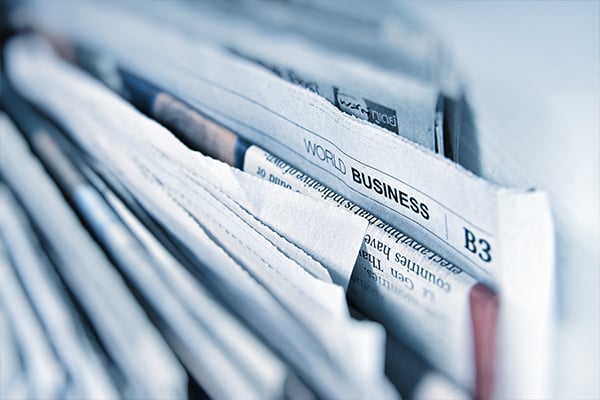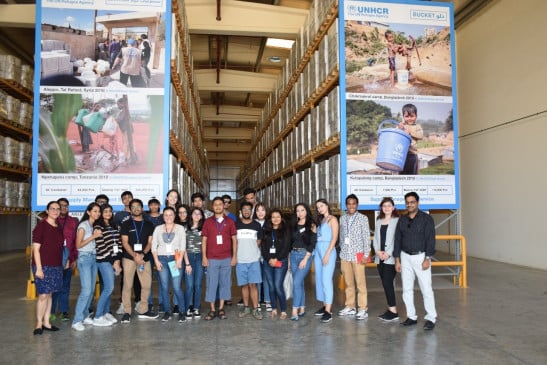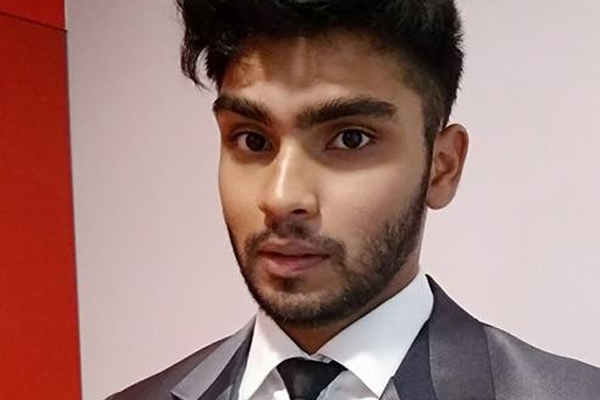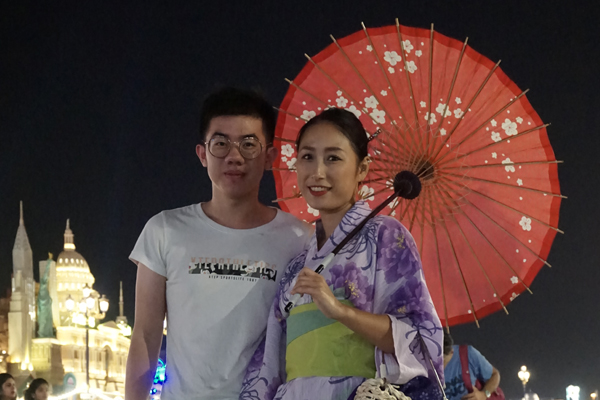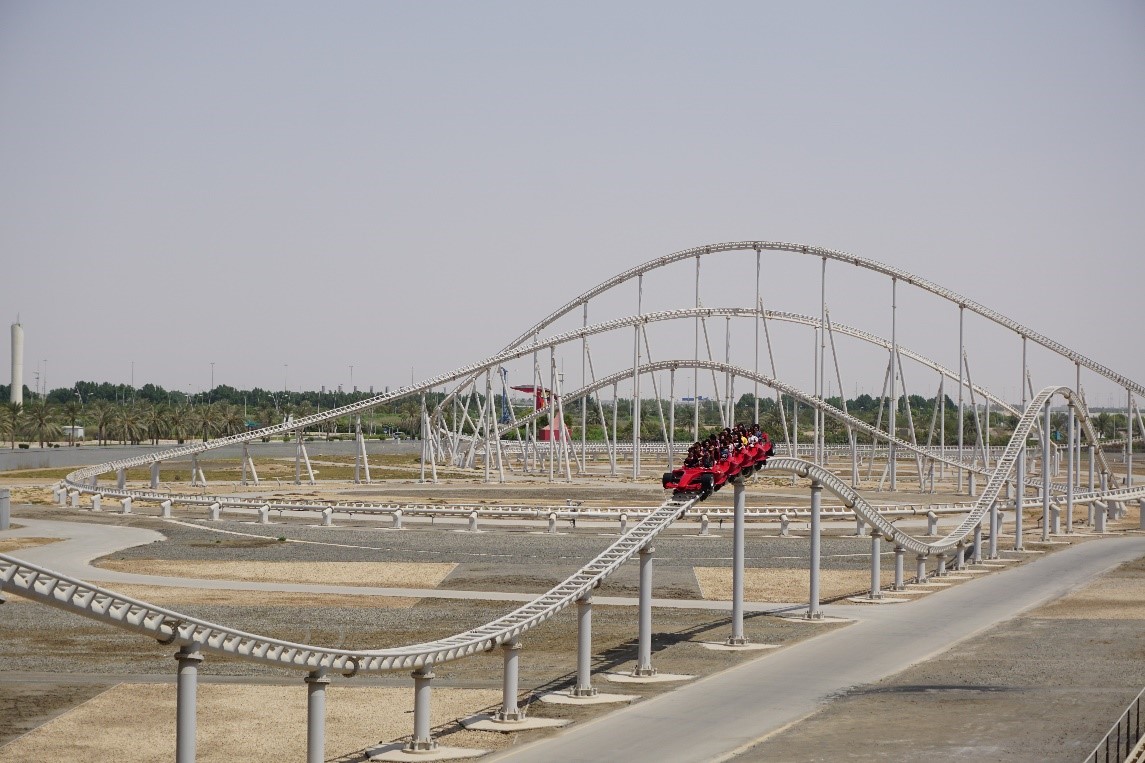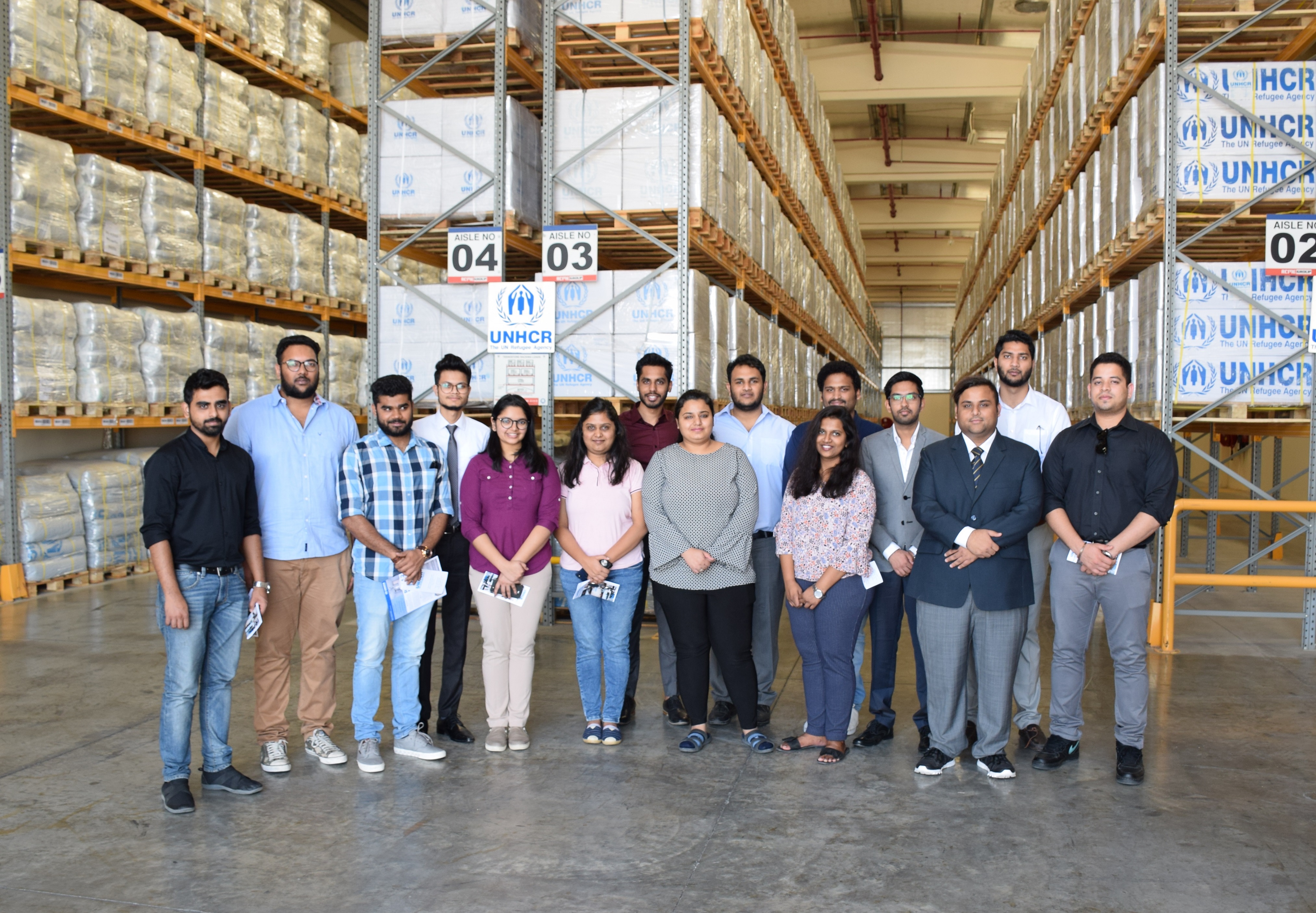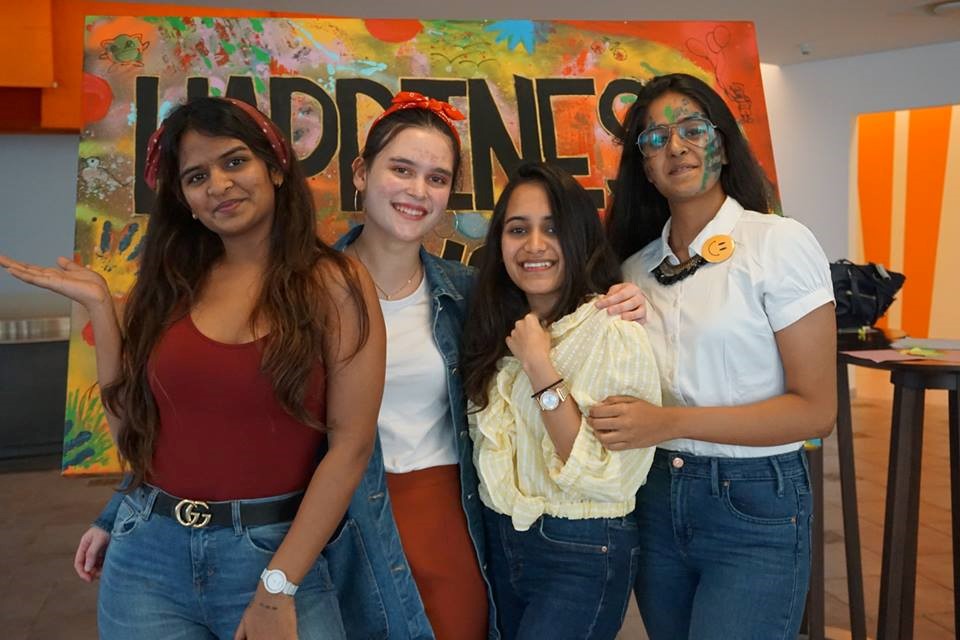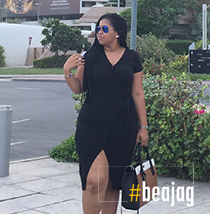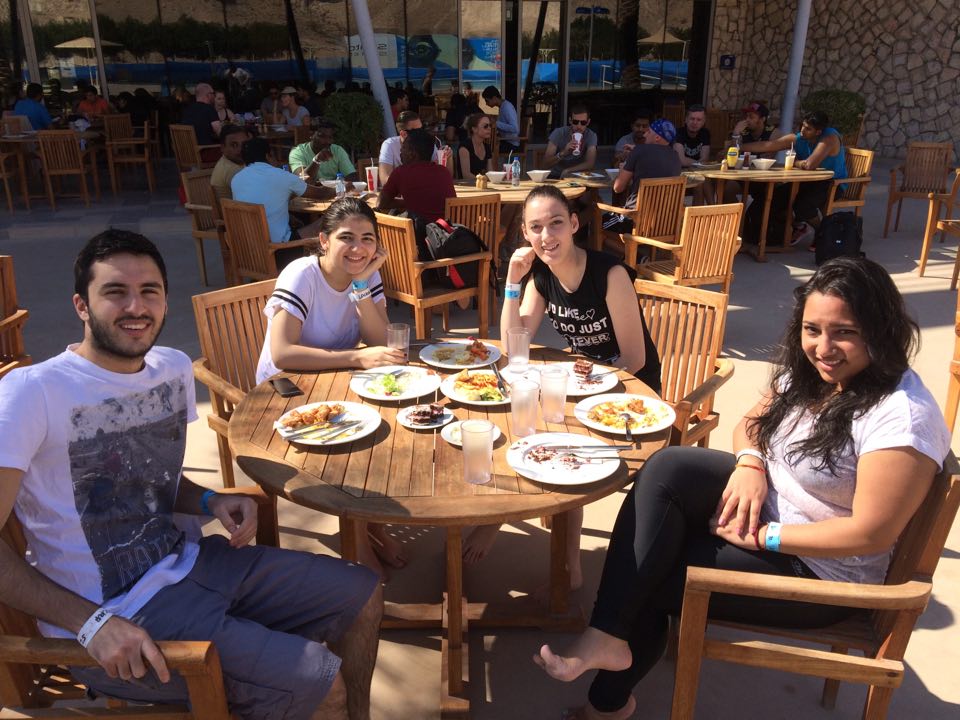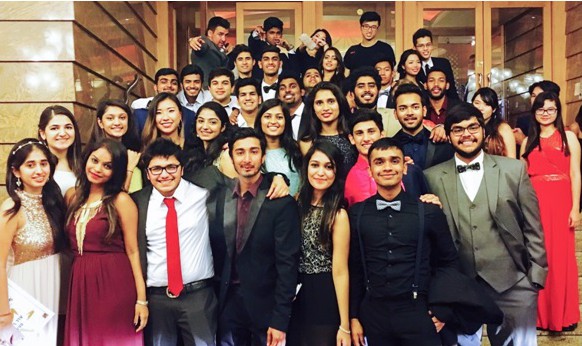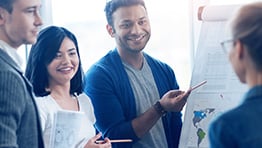As per the City Momentum Index (CMI), Dubai is one of the fastest growing cities in the world. However, this rapid growth brings along its own set of challenges. Even though urban growth has stimulated Dubai’s economy, the situation has also caused various environmental problems such as insufficient water availability, waste disposal problems and high energy consumption.
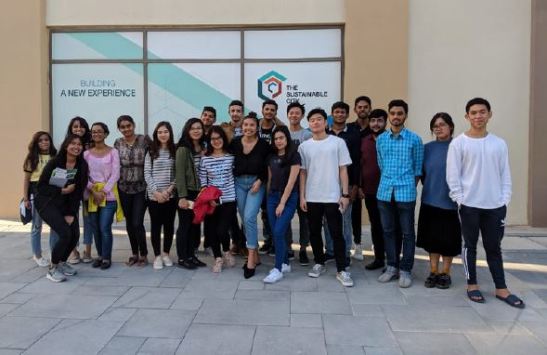
Over the last few years, Dubai has prepared itself. The sustainability movement has become widely spread across the city. Many regulations such as the Green Building Regulation & Specifications have been implemented to support the city’s sustainability initiatives since 2014. Moreover, Dubai’s government has developed plans and introduced initiatives for sustainable infrastructure involving clean energy and reduction of carbon footprint to meet the growing energy consumption while sustaining the growth of the economy.
In January 2019, Class of BBA 2017s got the opportunity to visit the Sustainable City as part of their global learning to understand the growing sector in the region.
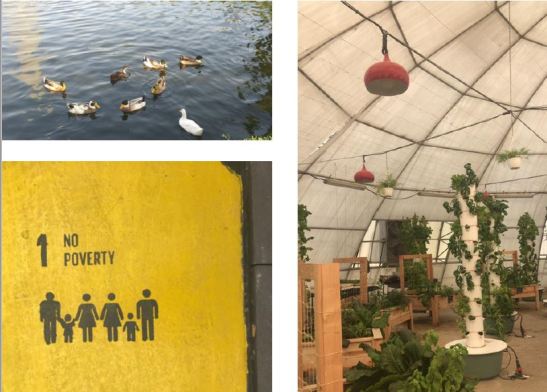
We interacted with the Mr. Karim El Jisr, Executive Director of SEE - Sustainable City who shared business insights of real estate project by Diamond Developers and the unique positioning of the project in Dubai.
The Sustainable City in Dubai was constructed by Diamond Developers in January 2014 and opened to the public within two years. The aim of the property is to achieve three aspects of sustainability – social, economic and environmental. It also aims to become the first Net Zero Energy city in the region. It was named as the “Happiest Community in the Gulf” by Gulf Real Estate in 2017 and 2018.
We were only able to see Phase 1 since Phase 2 is still under construction. Near the entrance was the Sustainable Plaza which consisted of shops, restaurants, cafés, clinics and apartments available for lease. This area is created to generate extra income for the community. Phase 1 consists of five clusters of different types of villas. There are solar-powered parking lots between every cluster. The road inside the community has been built purely for pedestrians and cyclists. Tenants are encouraged to use the electric buggy instead of their personal cars around the residential area.
There’s a central green shared space that consists of 11 biodomes which utilise aquaponic and aeroponic farming techniques to produce organic vegetables for the community. Every household is given a token every month to buy plants from the biodomes. In addition to the aquaponic and aeroponic farming, the community has also adopted indoor vertical farming techniques which produce strawberries and other fruits. The shared space also has an animal sanctuary which contains chickens, donkeys, ducks, goats and horses. The biodomes are surrounded by a pond which has incorporated a water recycling and reuse system for the households in the City. However, consumable water still comes from tap water.
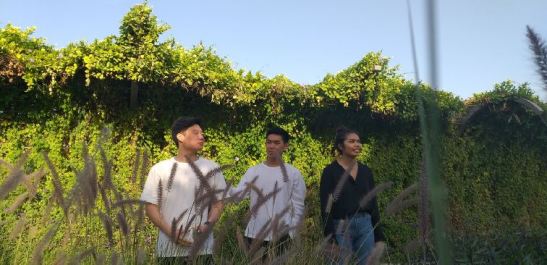
We visited the prototype villas which have two levels and a rooftop. The design of the villa is L-shaped, aiming to provide shade for the house through the day. On the rooftop of every villa stands a solar electricity production panel which also acts as a shade and which makes a perfect view point/hanging out spot. Energy-efficient technology that has been built within the villa can reduce energy consumption up to 35%. Interestingly, the starting price of a villa is 3.5 million AED – not a bad deal compared to Dubai real estate prices, especially considering all amenities are being provided within the Sustainable City.
The City is spreading knowledge related to sustainability and improvement of the urban environment with their innovations and practices. The visit opened up new possible ways of green living for me. It changed my assumption that living an eco-friendly life is expensive and bothersome. Many of the practices incorporated in the City are applicable in our daily lives and are more cost-efficient in the long run, helping us save our energy bills by almost 50%. Adopting a sustainable living style is certainly good for the planet and our pockets.
About the author
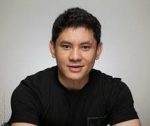
Aditya Sapam
Aditya is part of the BBA intake of September 2017. He has work experience in newspaper sub-editing, public relations communications and digital marketing. In his free time, he usually lifts heavy things in pursuit of gaining strength.
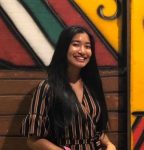
Napassanan Chan-udom
Napassanan is part of the BBA intake of September 2017. She was born and raised in Thailand. She is passionate about sustainability, ethical business, reducing waste and carbon footprints. She believes any business can make a sustainable profit and, at the same time, value environment and give back to society.
